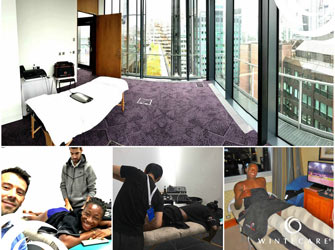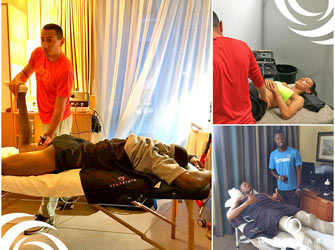WORLD CHAMPIONSHIPS LONDON 2017: a treasure chest of information
136 sessions, over 50 athletes, 14 world championship medals, 10 days, 5 specialists, 4 workstations, one formidable team. We are still analyzing the data, but we can already say that this exceptional event has given us an extensive bag of information to help us continually improve our athletic rehabilitation therapy programs.
On a more anecdotal basis, we feel that even the work we’ve done with athletes, to whom we’ve given continuous assistance over the 2017 season, has yielded results above our expectations.
Of course, this scenario opens the discussion of what it means to provide continuous care rather than sporadic treatments, and how to best isolate independent and dependent variables from control variables in the scientfic model correlating quality of results with treatment structure. A job that will take on a substantial part of our Technical Committee’s upcoming workshop focus.
While yet to be confirmed by scientific methods, empirical evidence clearly suggests that by creating a structured program that complements an athlete’s training, we can generate training and competitive conditions conducive to improving actual outcomes relative to expected ones.
This is the path on which we intend to continue developing our applied performance programs.

















